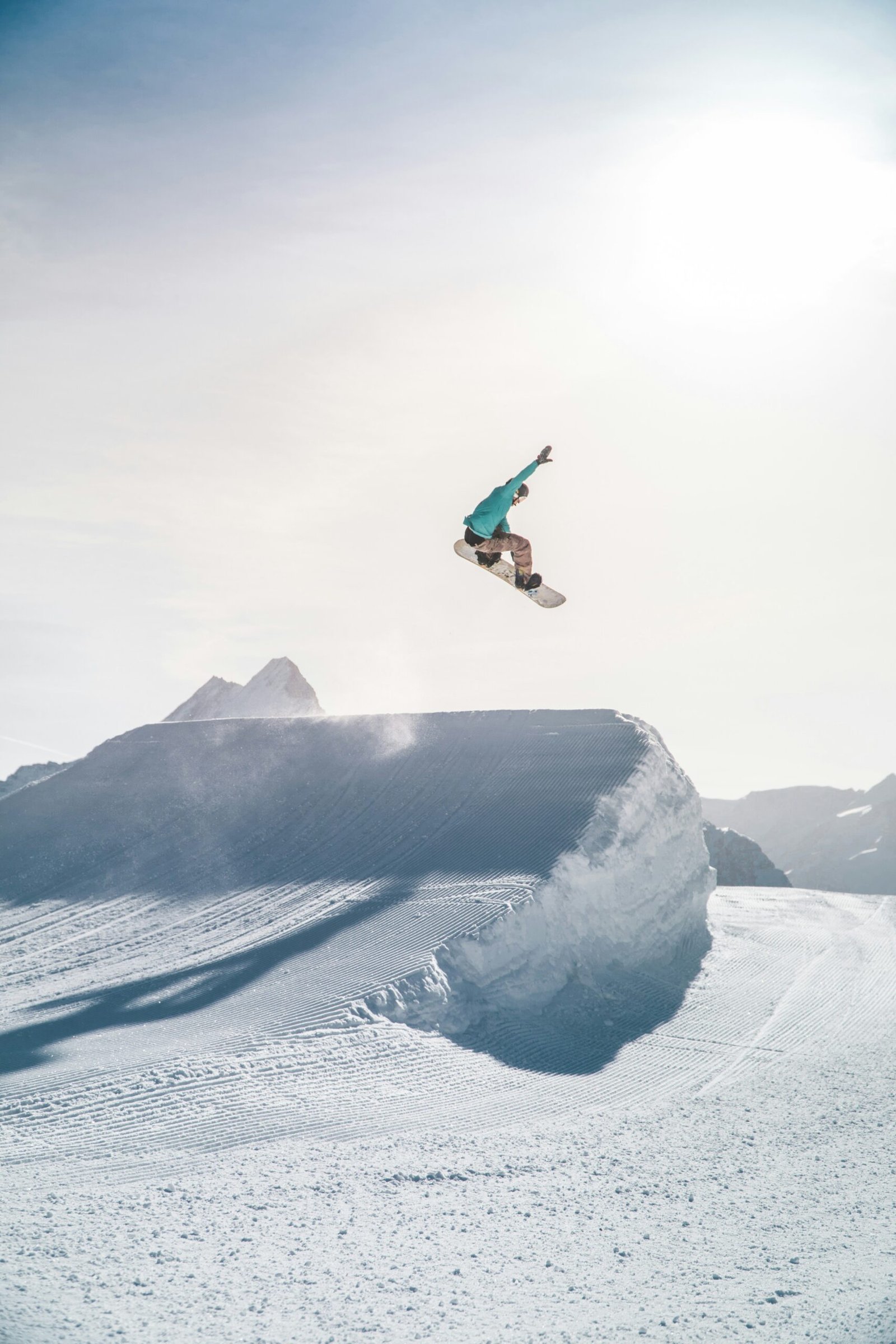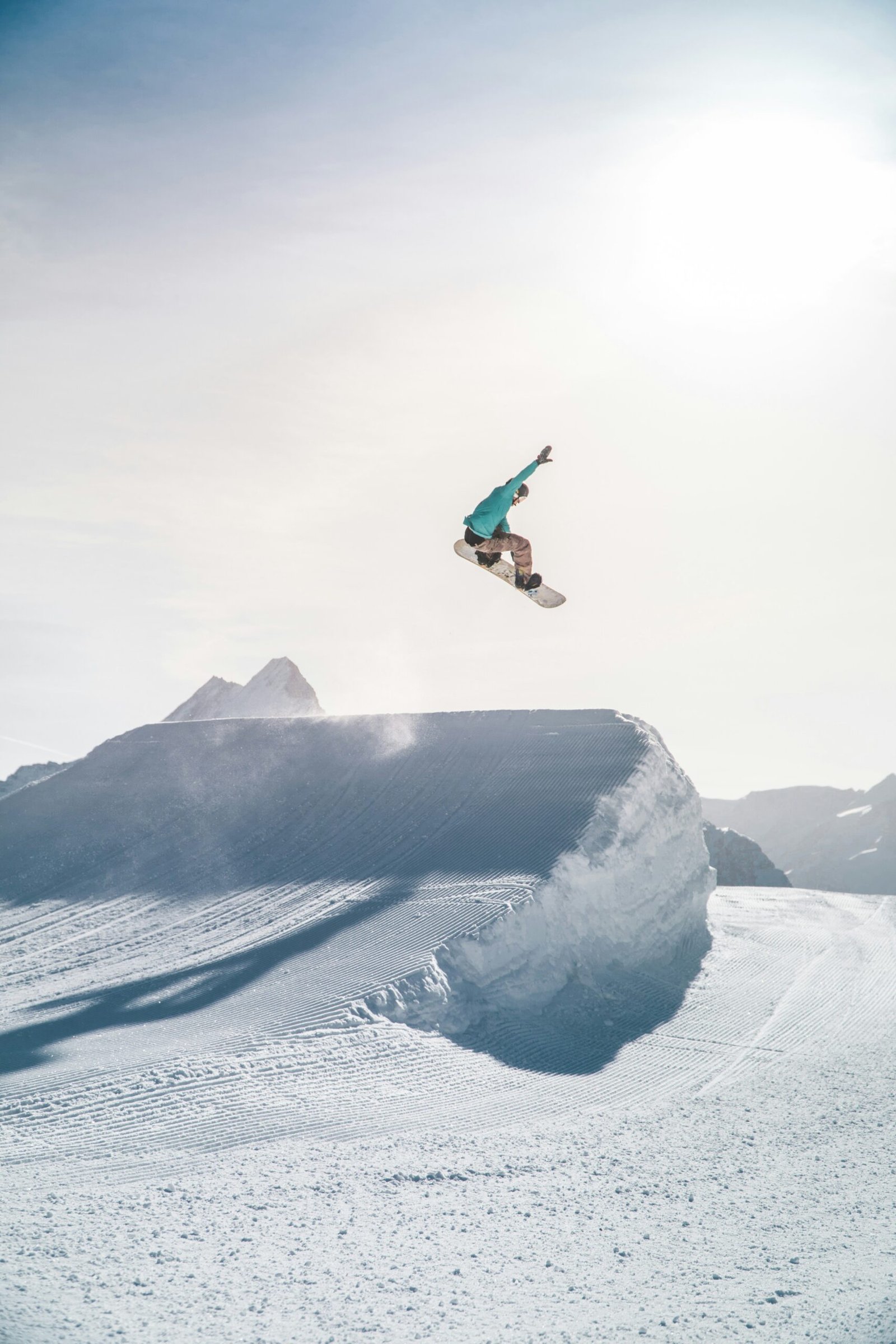
A Practical Guide to Getting Started in Snowboarding
Snowboarding is an exhilarating winter sport that allows you to glide down snowy slopes with speed and style. Whether you’re a beginner or have some experience, this practical guide will help you get started and make the most out of your snowboarding experience.
Before you hit the slopes, it’s important to have the right gear. A well-fitted snowboard and boots are essential for a comfortable and enjoyable ride. There are different types of snowboards available, such as all-mountain, freestyle, and powder boards. Each type has its own unique features and is suited for different terrains and riding styles. It’s recommended to consult with a knowledgeable salesperson or an experienced snowboarder to help you choose the right board for your skill level and preferences.
In addition to a snowboard, you’ll also need a pair of snowboarding boots. These boots provide the necessary support and control while riding. It’s crucial to try on different pairs to find the right fit. The boots should be snug but not too tight, allowing for proper circulation and flexibility. It’s also important to invest in a good pair of snowboarding socks, which are designed to keep your feet warm and dry during your time on the slopes.
Once you have your gear sorted, it’s time to hit the slopes. If you’re a beginner, it’s highly recommended to take a lesson from a certified snowboarding instructor. They will teach you the basics of snowboarding, including how to balance, turn, and stop. Learning from a professional will not only help you progress faster but also ensure that you develop good technique and avoid bad habits.
When learning to snowboard, it’s important to start on gentle slopes with a gradual incline. This will allow you to practice your balance and technique without feeling overwhelmed. As you gain confidence and skill, you can gradually move on to steeper slopes and more challenging terrain. Remember to always ride within your limits and never attempt anything beyond your skill level.
One of the most important aspects of snowboarding is safety. Always wear a helmet to protect your head in case of falls or collisions. Additionally, it’s important to familiarize yourself with the rules and etiquette of the mountain. This includes yielding to other riders, staying in control, and avoiding reckless behavior. By being a responsible and considerate snowboarder, you not only ensure your safety but also contribute to a positive and enjoyable experience for everyone on the mountain.
Lastly, don’t forget to have fun! Snowboarding is all about enjoying the thrill of gliding down the slopes and experiencing the beauty of winter. Take the time to appreciate the stunning scenery, the crisp mountain air, and the sense of freedom that snowboarding brings. So grab your gear, find your balance, and get ready for an unforgettable snowboarding adventure!
5. Goggles
When snowboarding, it’s crucial to protect your eyes from the elements. Goggles provide both protection and visibility on the slopes. Look for goggles with anti-fog and anti-scratch coatings, as well as UV protection. Consider the lens tint for different weather conditions, such as a darker lens for sunny days and a lighter lens for overcast conditions.
6. Outerwear
Proper outerwear is essential for staying warm and dry while snowboarding. Look for a waterproof and breathable jacket and pants to protect against snow, wind, and moisture. Layering is key, so consider wearing moisture-wicking base layers and insulating mid-layers for added warmth.
7. Gloves or Mittens
Your hands are exposed to the cold and snow, so it’s important to wear gloves or mittens that provide warmth and protection. Look for waterproof and insulated options that allow for dexterity and grip on your snowboard.
8. Socks
Choosing the right socks can make a big difference in your comfort on the slopes. Look for moisture-wicking and cushioned socks that provide warmth and support. Avoid cotton socks, as they tend to absorb moisture and can make your feet cold and uncomfortable.
9. Accessories
There are a few additional accessories that can enhance your snowboarding experience. Consider investing in a backpack to carry your essentials, such as water, snacks, and extra layers. Don’t forget sunscreen to protect your skin from the sun’s rays, and lip balm to prevent chapping. Lastly, a neck gaiter or balaclava can provide extra warmth and protection for your face and neck.
By having the right snowboarding equipment, you’ll be well-prepared to hit the slopes and enjoy your time on the mountain. Remember to always prioritize safety and choose gear that fits properly and suits your riding style.
Getting Started: Basic Techniques
Now that you have your equipment ready, it’s time to hit the slopes. Here are some basic techniques to help you get started:
1. Stance and Balance
Start by finding your natural stance, whether it’s regular (left foot forward) or goofy (right foot forward). Practice standing on the board with your knees slightly bent and your weight evenly distributed. This will help you maintain balance and control while riding.
2. Gliding and Sliding
Once you’re comfortable with your stance, practice gliding and sliding on flat terrain. Push yourself forward with your front foot and use your back foot to steer and brake. This will help you get a feel for the board and build confidence before attempting steeper slopes.
3. Turning
Turning is a fundamental skill in snowboarding. To initiate a turn, shift your weight onto your front foot and apply pressure to the toes or heels of your back foot, depending on the direction you want to turn. Practice turning on gentle slopes and gradually increase the difficulty as you improve.
4. Carving
Once you have mastered the basic turning technique, you can start to experiment with carving. Carving involves making smooth, arcing turns by applying pressure to the edges of your board. To carve, lean into the turn and use your body to guide the board. This technique requires good balance and control, so make sure you feel confident with your turning skills before attempting to carve.
5. Jumping and Tricks
For those looking to take their snowboarding to the next level, jumping and tricks are a great way to challenge yourself and add some excitement to your rides. Start with small jumps and gradually work your way up to bigger ones as you gain confidence. Practice tricks such as grabs, spins, and flips in a controlled environment, such as a terrain park, with proper supervision and safety precautions.
6. Riding Different Terrain
As you become more comfortable on your board, you can start exploring different types of terrain. From groomed trails to powder-filled backcountry, each type of terrain presents its own challenges and requires different techniques. Take the time to learn how to adapt your riding style to different conditions, and always prioritize safety by wearing appropriate gear and staying within your skill level.
7. Freestyle and Freeride
Snowboarding offers a wide range of disciplines, including freestyle and freeride. Freestyle focuses on tricks and jumps in terrain parks, while freeride involves exploring off-piste areas and seeking out natural features to ride. Whether you prefer the adrenaline rush of hitting rails and jumps or the serenity of riding untouched powder, there is a style of snowboarding that suits your preferences.
Remember, learning to snowboard takes time and practice. Be patient with yourself and enjoy the journey. With dedication and perseverance, you’ll soon be carving up the slopes with confidence and style.
Tips for Getting the Most Out of Your Snowboarding Experience
Now that you’re familiar with the basics, here are some tips to help you make the most out of your snowboarding experience:
1. Take Lessons
If you’re a beginner, taking lessons from a qualified instructor can greatly accelerate your learning process. They can teach you proper techniques, help you improve your skills, and ensure your safety on the slopes. Even experienced riders can benefit from advanced lessons to refine their techniques.
2. Start with Easy Terrain
When starting out, choose slopes that are suitable for your skill level. Green slopes are ideal for beginners, as they offer gentle inclines and wide spaces to practice your turns and control. As you gain confidence and skills, you can gradually progress to more challenging terrain.
3. Dress Appropriately
Wearing the right clothing is crucial for staying comfortable and warm while snowboarding. Dress in layers, so you can adjust your clothing according to the weather conditions. Opt for waterproof and breathable outerwear, thermal base layers, and warm accessories like gloves, goggles, and neck gaiters.
4. Stay Hydrated and Fuel Up
Snowboarding is a physically demanding activity, so it’s important to stay hydrated and fuel your body with nutritious food. Drink plenty of water throughout the day and eat energy-rich snacks to keep your energy levels up. Avoid alcohol, as it can impair your judgment and increase the risk of accidents.
5. Respect the Mountain and Others
Always follow the rules and guidelines of the mountain resort. Respect other riders and give them plenty of space. Be aware of your surroundings and avoid reckless behavior that could endanger yourself or others. Remember, snowboarding is about having fun while staying safe.
By following these tips and practicing regularly, you’ll be well on your way to becoming a skilled snowboarder. Enjoy the thrill of gliding down snowy slopes and embrace the challenges and rewards that come with this exciting winter sport.
Additionally, it’s important to consider the maintenance of your snowboarding equipment. Regularly waxing your board can improve its performance and help it glide smoothly on the snow. You can either wax your board yourself or take it to a professional shop for servicing. It’s also a good idea to check your bindings and make sure they are properly adjusted to your boots. Loose bindings can affect your control and stability on the slopes.
Furthermore, it’s essential to stay updated with the weather and snow conditions before heading out to the mountain. Check the forecast and avalanche warnings to ensure a safe and enjoyable snowboarding experience. Be prepared for changing weather conditions by carrying extra layers, a spare pair of gloves, and a small first aid kit in your backpack.
Lastly, don’t forget to take breaks and rest when needed. Snowboarding can be physically demanding, and fatigue can affect your performance and increase the risk of injuries. Listen to your body and take breaks to recharge and hydrate. Use these moments to appreciate the breathtaking views of the mountain and take in the beauty of nature surrounding you.
